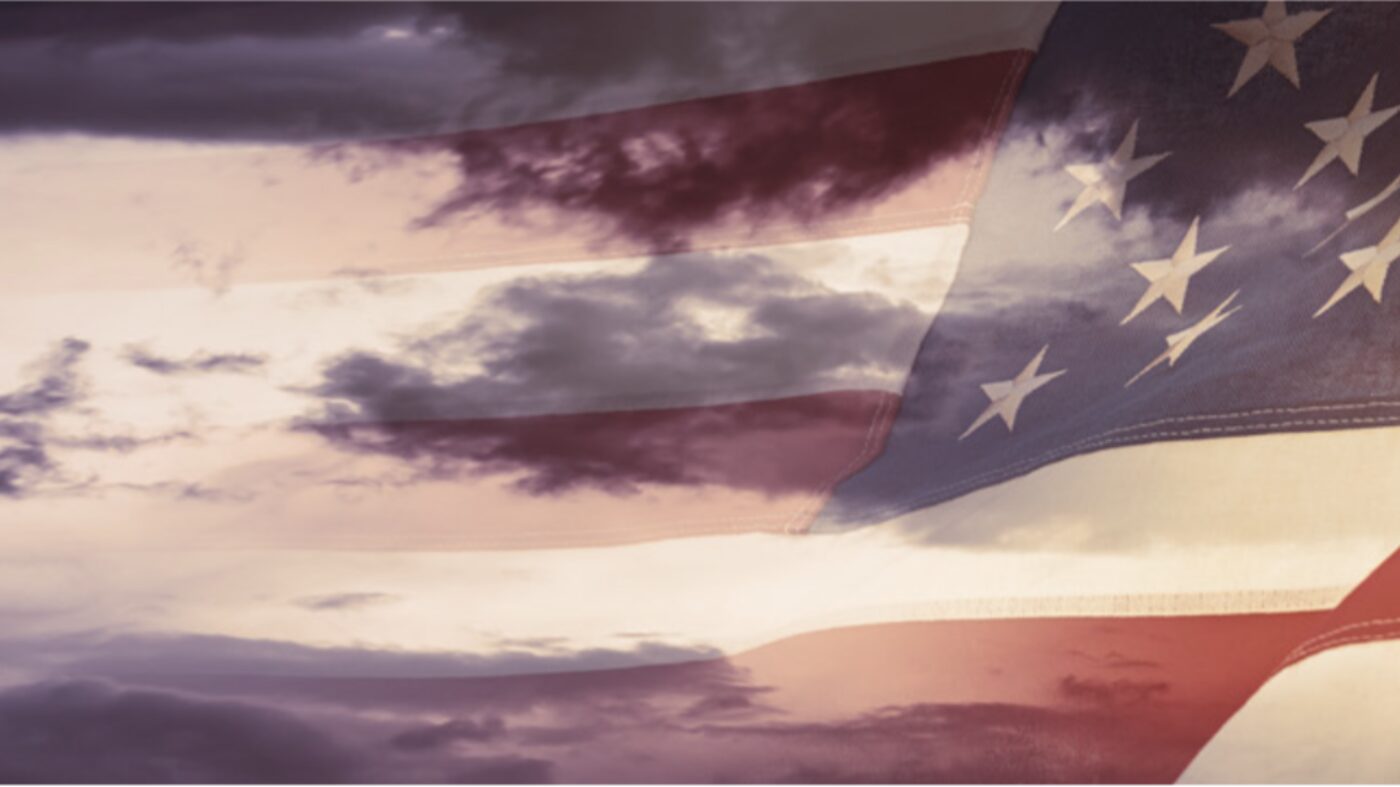Tim Chapman, CEO of TangoAlpha3, talks about the challenges military service members often have in adapting to civilian life, and the role companies can play in helping that transition be smooth and rewarding.
CCBJ: TangoAlpha3 has recently been named the beneficiary of the Veterans Affairs Transition Assistance Program (VA TAP). Please describe this program and how it works.
Tim Chapman: Every member of the military that’s transitioning to civilian life is required to attend a briefing. At that briefing, those servicemen and servicewomen are provided with a high-level overview of the benefits they can expect from the VA in their post-military lives. The range of benefits is extensive, covering things like health care, home loans, education and benefits, etc.
Most of our employees on this particular contract are Veteran Administration benefits advisors. They’re the primary guides for the veterans coming out of the military and transitioning into the civilian world. In the period leading up to when a veteran gets close to transitioning out of the military, they’re required to go to a briefing that covers what they can expect from the Veteran Administration upon their exit. It’s a daylong affair, a high-level overview of not only the benefits but also how to get access to the benefits. Our benefits advisors conduct that initial training, in addition to the ongoing ad hoc training. For example, If somebody left the service 25 years ago, for instance, and wants to take advantage of a life insurance policy that they had while they were service members, they can reach out to the benefits advisors and get information about how to access the benefits. They’ll be directed to whatever type of information they’re looking for. That ongoing support is just as important as the initial outreach because it reinforces the commitment that the United States and the VA have to our veterans.
It’s an extremely robust program and the advisors are true professionals. For our part, we serve the military installations located in the Southeast United States. We have about 50 senior benefits advisors and masters/trainers, most of whom served in the military themselves, so they understand what it’s like to transition out of the military.
As a veteran yourself, would you please describe the strengths and weaknesses of the current state of Veterans Affairs and employment?
Public awareness and the value of hiring those who have served, is at a fairly high level these days. Many companies do a great job of incorporating veterans into their work-forces and are reaping the rewards.
Hiring veterans is a logical strategy for companies that are looking for employees that have illustrated the “intangibles” we like to discuss when describing a person who has served in the military – trainable, disciplined, action-oriented, etc. However, we’ve found that a number of companies don’t know how to go about it. Skills translation, access to exiting servicemembers and assimilation are among the top challenges companies must solve in order to tap into the veteran talent pool. Employment for veterans is out there and TangoAlpha3 can help both veterans and employers seeking to hire veterans.
From a Veterans Affairs perspective, resources to assist Veterans in all aspects of their civilian lives have never been as robust as they are today. In 2019 The U.S. spent over $200 billion per year on VA expenditures versus spending just $50 billion prior to 9/11. That amount will be even more with legislation recently passed.
It’s one thing to hire a veteran; it’s another to hire a veteran and assimilate them into your organization.
What is the scope of the economic or employment issues veterans face today?
Veterans who served after 9/11 have tended to face more readjustment challenges than those who served before 9/11. And naturally, servicemen and servicewomen who served in combat find the transition more difficult. Much of this stems from frustrations relating to employment and searching for jobs as a veteran. But, to my previous point, the resources are out there. There are so many organizations that are there to help veterans today.
For obvious reasons, most civilians tend to not really understand what a veteran goes through. The military spends hundreds of thousands of dollars, if not more, on each solider, sailor, airman, Marine and Coastie to get them trained in their occupational specialty. That includes making sure they have a roof over their head and meals every day and the best health care available, the best dental care, anything that’s necessary to support their family. It’s all part of an ecosystem that is uniquely military, driven by a sense of honor, discipline and duty.
One day, when a soldier, sailor, airman, Marine or Coastie decides that they want to get out of the military, that system goes away. It’s not just piecemeal. It’s not like they’re just losing a job. They’re losing a job, their domicile – their access to guaranteed meals three times a day, etc. – to put it as basically as I possibly can. That transition is immense, and for veterans coming out, it’s really difficult – particularly among the enlisted ranks.
The good news is that there are companies that have longstanding veteran recruiting programs. And they understand how to embrace servicemen and service-women from a functional perspective – meaning training them for whatever their job in the civilian world might be, and also assimilating them into their organizations. Whenever you talk about companies that are doing it right, that’s what they’re doing.
How does TangoAlpha3 support veterans?
It’s our mission to support Veterans. We primarily support veterans with direct jobs by matching their experience with clients that need them. Aside from being a veteran-owned company, we are a for-profit company – so we are extremely motivated to get as many veterans to work as possible. We started out as a run-of-the-mill staffing and recruiting company, but our goal was that we would grow to a point where we could focus our efforts on assisting veterans and we’re doing just that.
Numerous companies will come to us and say, “We’re looking for somebody to do this job, and we’d love to have a veteran.” We make the introduction and provide that direct link to a job, including contract jobs. As a subcontractor on a couple of significant contracts supporting the government, the Defense Health Agency being one of them, we provide veterans with jobs on a contract basis. And we provide support with the transition, because in some cases, they’re coming right out of the military, so we hold their hand a bit to help them get started with their civilian life.
One of the other most exciting and impactful ways that we support our veterans is evangelizing and teaching companies how to set up veteran recruiting programs so that they can go out and hire veterans on their own. We need to do that because our scope is relatively limited. We’re primarily an information technology services company. So there’s no way we can employ all of the veterans that we wish we could. With 200,000-plus veterans coming out every year, only a certain percentage of those folks are information-technology-centric. But there’s a whole world of qualified, functional, military-occupational specialties that apply to the civilian world.
If you give them the tools and training they need to get the job done, they will get it done.
What are your hopes for the impact of your organization going forward?
We hope to continue to grow in both our mission to evangelize about the power the veteran workforce and, obviously, to grow our ability to serve our constituents through direct business – the more companies we can engage, the more veterans we can put to work. We aim to continue helping companies that are looking for this high-powered veteran workforce, and us being able to make those introductions. To see a company embrace a veteran recruiting strategy in their talent acquisition goals, feels good from a moral perspective – but also, we know it’s the right thing to do because the benefits flow. The company gets the benefit of a high-octane worker. And the veteran gets the benefit of being able to provide for themselves and their families, and to progress in their career.
There are a couple of other things that I’d like to mention that are common themes within the military that are sometimes overlooked. It’s very hard to have a conversation with somebody who has been in the military and not talk about leadership. I can’t imagine a better, more robust leadership training institution than the U.S. military. Everybody who enters those doors is expected to progress in their function and job duties as well as their leadership capabilities. That’s one thing. The other is that for people in the military, training is never-ending. Training is something that is embedded in the DNA of every soldier, sailor, airman, Marine and Coastie. If there’s one thing we can do to impact our organization or other organizations, it’s to continue to evangelize those characteristics and attributes.
How can corporate organizations or individuals support the success of veterans?
Veteran suicide and homelessness is a really big issue right now and we have to figure it out. The latest statistics are that 22 service members per day take their own life. In many cases, we find out after the fact that someone might set out on their day and find a way to end their life unless somebody interjects. That could be as easy as saying hello, asking them how they’re doing, engaging with them on a personal level.
It’s very easy, as an individual, to just walk up and say, “Hello” and “Thank you for your service.” Many veterans will blush when you say “thank you for your service” because, as I can tell you from my own perspective, the military gave me way more than I gave it. I consider it a huge honor to be able to serve. That conversation can go a long way.
For corporations, it’s just like anything else. You get out what you put into it. Understand that if you’re looking for a workforce that will serve and move your company forward in the long term, it’s going to require an investment. The initial investment is easy, understanding how their military experience translates into your civilian needs, in terms of the jobs they will be performing. But also in assimilation. In understanding that there is a learning curve. There is an adjustment period from the time one gets out of the military to the time that one gets settled as a civilian. Sometimes it can be quick. Sometimes it can be a bit longer. But military folks, these men and women, love a challenge. They will get it done. If you give them the tools and training they need to get the job done, they will get it done.
Published June 17, 2021.




